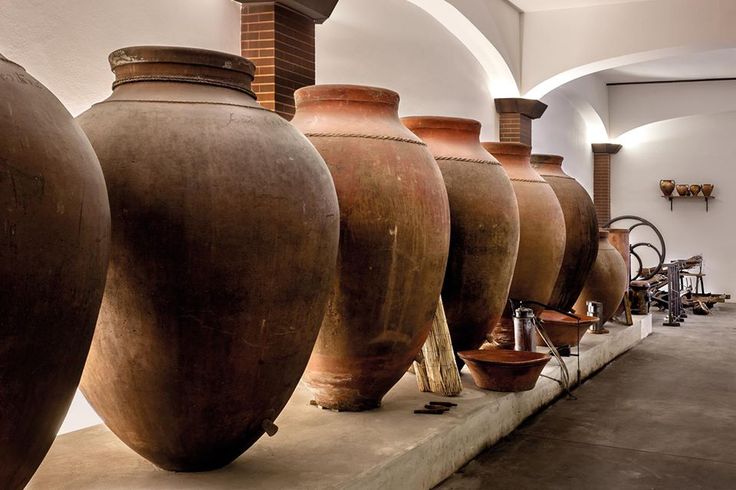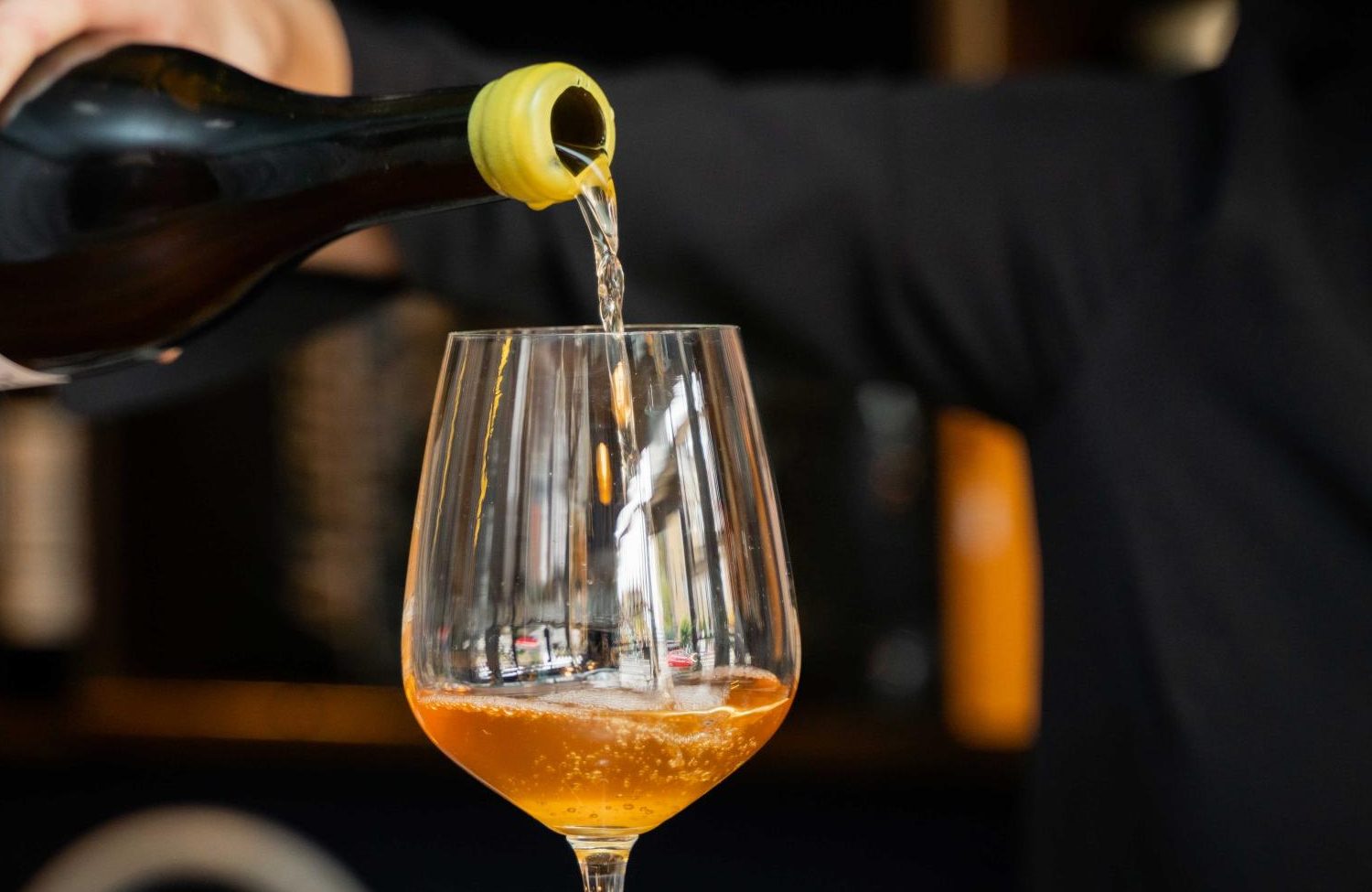
Often perceived as quirky or funky, ‘natural wines’ are much talked about and have started trending in recent years.
Why? For one, they challenge the idea of what a wine should taste like. This unconventional winemaking approach is becoming popular, with the best examples earning their place on some of the most esteemed wine lists across the globe. However, this new trend isn’t new. In fact, natural wines have been around for centuries and are amongst the most traditional wine styles out there.
What is a natural wine?
While there is no official status for a wine to be classified as natural, they usually follow similar principles: handpicked sustainable, organic, or biodynamic grapes; avoiding the use of pesticides; fermentation with indigenous yeasts, and little to no intervention in the cellar. Eschewing the use of new oak barrels, chemicals and filtering, natural wines are regarded as the purest expression of the grape possible.
How is it made?
Natural wines follow the principal of minimal intervention. This may sound like an easy job for the winemaker, though in reality is far from it. Grapes must be perfectly suited to the local soil and climate and require meticulous winemaking skills to achieve the best results. Below are some ancient techniques used to make natural wine.
Fermentation in amphora
A practice with origins in Georgia, dating to 4,000 BC – grapes are crushed before being added inside the clay amphora, then fermentation spontaneously takes place with indigenous yeasts. Grape pulp and skins rise to the surface and form a solid mass and are punched and pushed back down into the must to extract colour, aroma and flavour. Once the fermentation is complete, the amphora is sealed by olive oil to prevent oxidization. The mass settles to the bottom of the amphora and serves as a filter. A spout is inserted on the side of the pot, near the base, and the naturally filtered wine comes out clear.
Skin contact fermentation
All red wines go through a maceration where the skin of the grape stays in contact with the juice in order to extract both colour pigments and tannins. White wines on the other hand are usually made from free-run juice (meaning the juice runs freely from the skin of grapes before they are pressed) or pressed juice (with a short contact between skin and juice). Orange wines are made from white grapes but unlike white wine, the juice is fermented and stays in contact with the skin of the grape. As a result, the colour pigment, phenols and tannins of the grape are extracted giving the wine more character and an orange colour.
Method ancestral
Similar to the traditional method (used for making Champagne), the transformation from a still to a sparkling wine occurs entirely inside the bottle. The fermentation takes place inside the bottle, creating some CO2 which is trapped, thus carbonating the wine. Once the fermentation is complete, the yeast dies in a process called autolysis and remain in the bottle giving the wine some yeasty and toasty flavours. Unlike the traditional method, the wine is bottled during the first fermentation creating a lot more sediment which is usually unfiltered.
Do natural wines taste different?
Of course, as with more conventional wines, each has its own character, but natural wines – being usually unfiltered – are known for their cloudy appearance and yeastier characteristics. If made carefully they can reveal the purest expression of a grape grown in a specific vineyard. The best examples have delicate fruits and yeasty aromas.
Because they receive low to no sulphites (one of the main stabilisers which can aid a wine’s longevity) natural wines can be more fragile than typical wines. They should be drunk in their youth and stored in a cool environment.
Davy’s recommend:
2020 Pinot Blanc ‘Naturellement’ Jean Becker, Alsace – France
2018 Vinho de Talha Bojador Branco Espaço Rural, Alentejo – Portugal
2019 Gewurztraminer ‘Naturellement’ Jean Becker, Alsace – France
2019 Pinot Noir Rouge F ‘Naturellement’ Jean Becker, Alsace – France
2018 Corbières Nature Le Champ des Murailles, Languedoc – France
2018 Vinho De Talha Bojador Tinto Espaço Rural, Alentejo – Portugal


